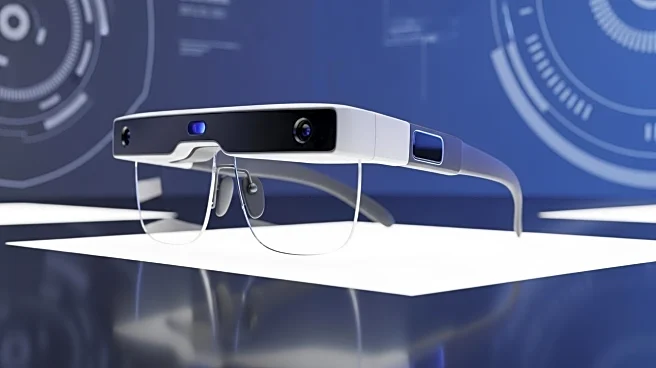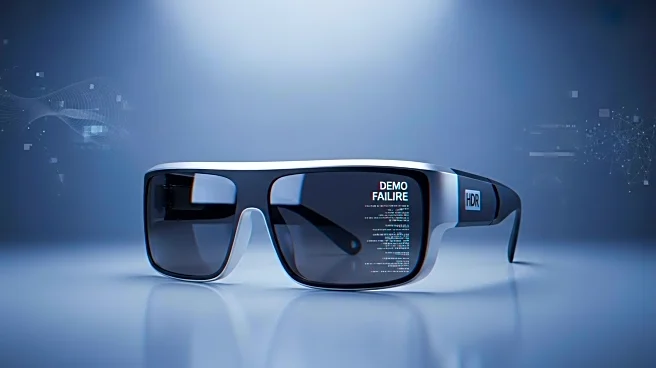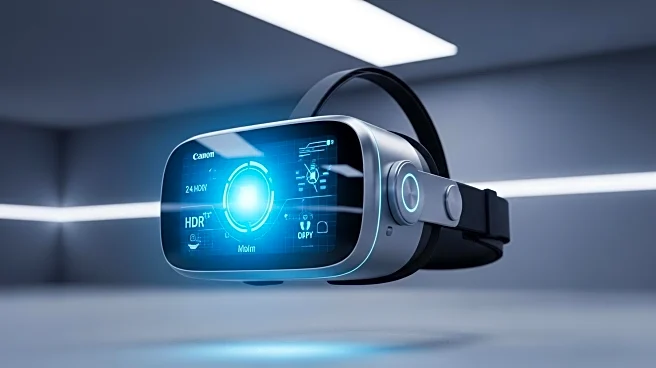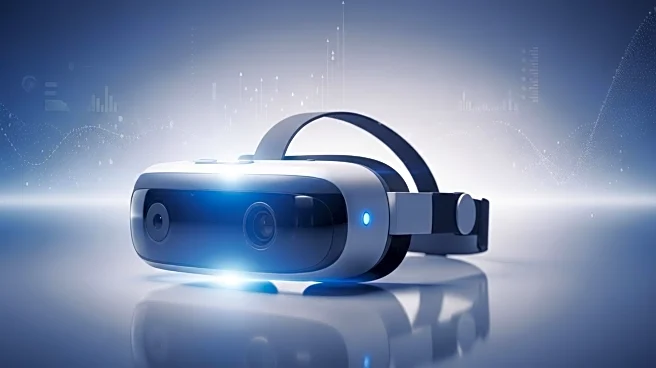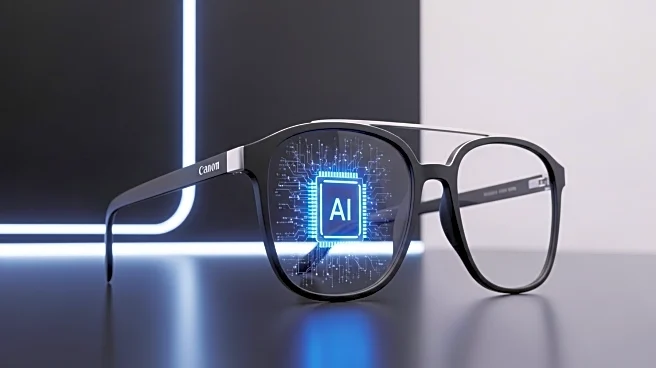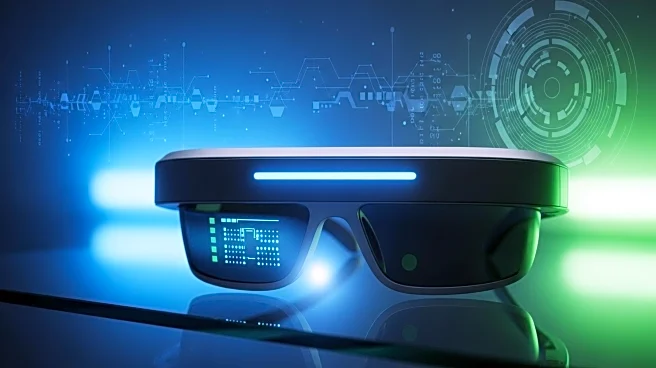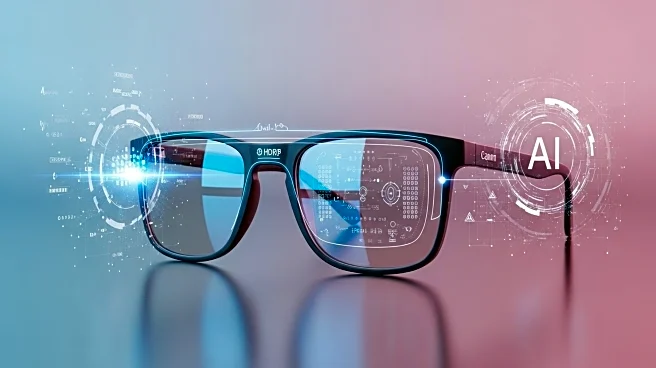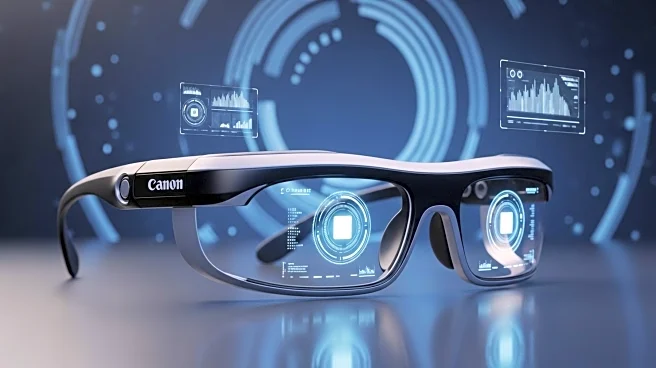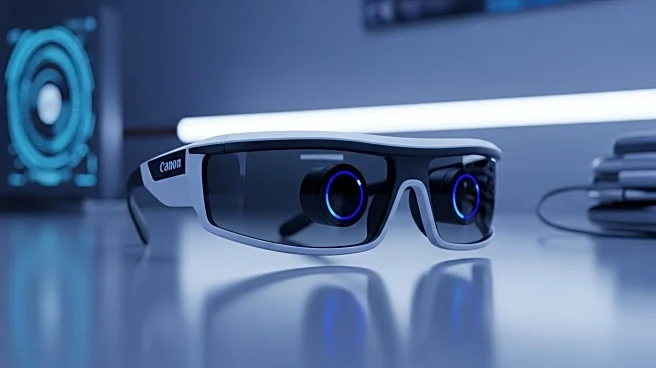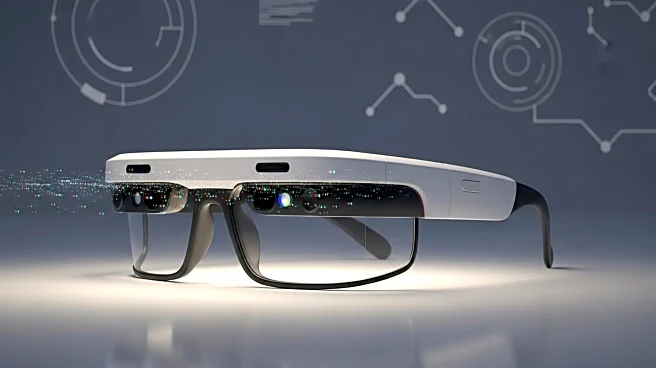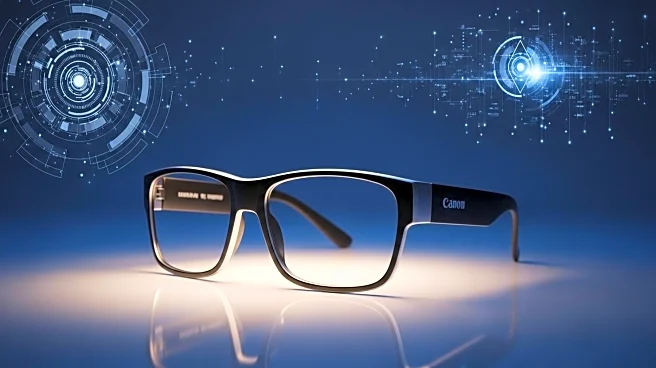What's Happening?
Meta, Amazon, and Snap have unveiled their augmented reality (AR) plans for 2025, focusing on new display-capable glasses and browser-level AR support. Meta introduced display AR glasses, Amazon is developing consumer AR glasses, and Snap has added WebXR
support in Snap OS 2.0. These developments are expected to shift power from app stores to the web, as companies are simultaneously shipping devices and browsers. IDC forecasts a 39.2% growth in AR/VR shipments in 2025, indicating a rapid adoption of hardware. This shift necessitates urgent decisions for developers regarding whether to build native apps or web-first AR experiences.
Why It's Important?
The announcements by Meta, Amazon, and Snap signify a major shift in the AR landscape, with implications for developers and consumers. For developers, the choice between native apps and web-first AR experiences is crucial, as it affects product roadmaps, analytics, and ad placements. The move towards browser-level AR support reduces installation friction, potentially leading to broader adoption. For consumers, the introduction of cheaper headsets and increased WebXR content in 2026 could enhance accessibility and user experience. The alignment of hardware and web support is expected to accelerate the transition from curiosity to daily use of AR technologies.
What's Next?
Developers face urgent decisions on whether to invest in responsive WebXR prototypes or risk platform lock-in with native SDKs. The choice will impact their ability to distribute and monetize AR experiences effectively. For consumers, 2026 may bring more affordable headsets and expanded WebXR content, enhancing the accessibility and usability of AR technologies. The industry is likely to see faster product cycles and tighter platform integration, influencing both development strategies and consumer adoption rates.
Beyond the Headlines
The shift towards web-first AR distribution could democratize access to AR technologies, reducing barriers for smaller developers and startups. However, it also poses challenges in terms of user experience, as browser-based overlays may not match the fidelity of native apps. The transition may require significant redesign efforts for display UIs, impacting development timelines and costs. Additionally, the viral spread of demo clips highlighting early AR UX fragility could influence enterprise buyer perceptions, necessitating robust demo strategies and fallback plans.


